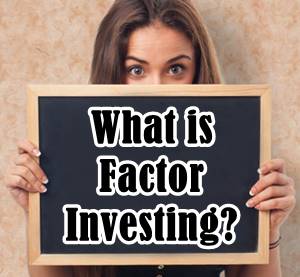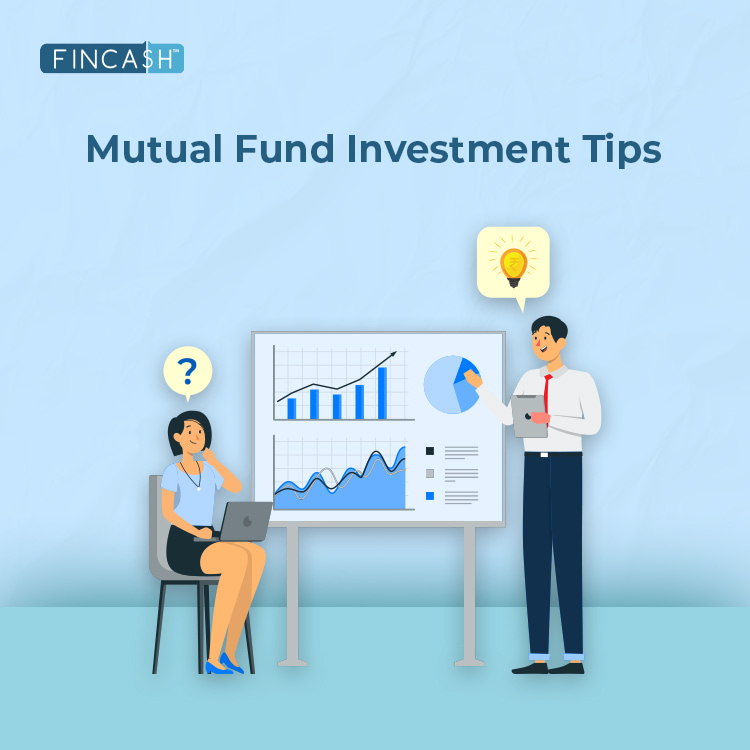Factor Investing
What is Factor Investing?
The simple definition of Factor Investing is the utilization of different attributes for channelizing the investment strategy for various asset prices. Some of the features determined for factor investing by the investors include Volatility of the stock, growth, and Market capitalization.

For a broader understanding, we can even term factor investing is a strategy that quantifies the return value of an asset, by quickly analyzing risks and market returns associated with the asset beforehand.
Origin of Factor Investing
Factor investing first started to gain momentum in the 70s when investors started finding loopholes in the existing strategies doing rounds in the market. Before factor investing came into the picture, there were other measures for equities like Capital Asset Pricing Model and Efficient Market Hypothesis.
But after the birth of factor investing, prominent investors started to embrace it due to the well-tuned way of building wealth. Factor investing in many ways can be accomplished as a third way of investment, which includes both active and passive strategies, but also features transparency and aims at improving the returns with a low-cost value.
Another main reason why factor investing has become so popular these days is that it works well by combining strategies on various factors and ensures returns in the long run. Targeting the proven factors boosts the diversification; however, when you think of going for the approach, keep in mind that there are many different approaches. Hence, the results may not always be linear.
What are the Basics of Factor Investing?
There are five fundamental principals focused on by the factor investing:
1) Value of the stock
This factor aims to squeeze maximum value out of stocks with low prices compared to their existing fundamental values.
2) Momentum
Momentum strategy focuses mainly on the stocks that are going to yield the strongest returns in the coming time.
Talk to our investment specialist
3) Volatility
This factor mainly focuses on stocks that have less volatility as they earn more risk-adjusted returns in the future.
4) Size
Smaller sized stocks tend to yield greater returns than large stocks. Investors can capture the size of the stock by looking at market capitalization.
5) Quality of the stock
Investors can identify quality stocks by making use of certain parameters, earning variability, and return to equity.
Conclusion
Other than these, what makes factor investing efficiently is that investors have a chance to choose from various factors and strategies, which can, in turn, lead to diversified investments. Factor investing is not a replacement for active and passive investment, and it is just a quantified alternative approach.
By integrating factor investing as a source of investment, individuals can reap long-term results and reduce the risk simultaneously. Depending on their needs and priorities, people can take into account different factors or a combination of different factors for investment.
In short, factor investing has structurally changed the market scenario when it comes to investments as the common man can navigate towards easier returns and higher gains through this approach.
All efforts have been made to ensure the information provided here is accurate. However, no guarantees are made regarding correctness of data. Please verify with scheme information document before making any investment.












